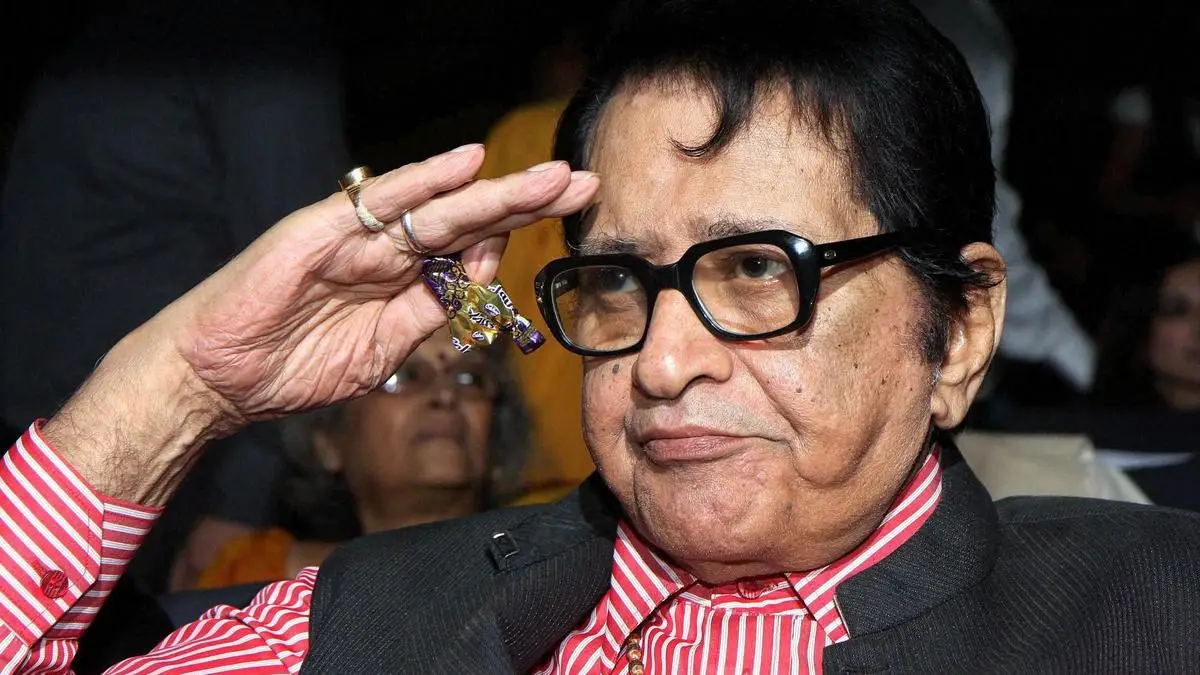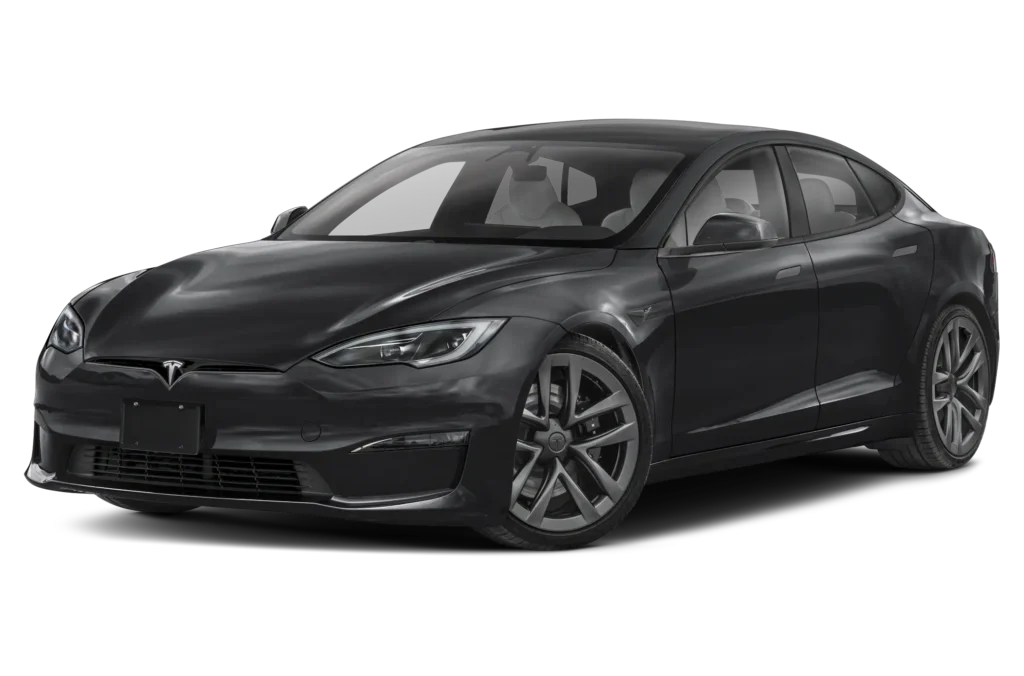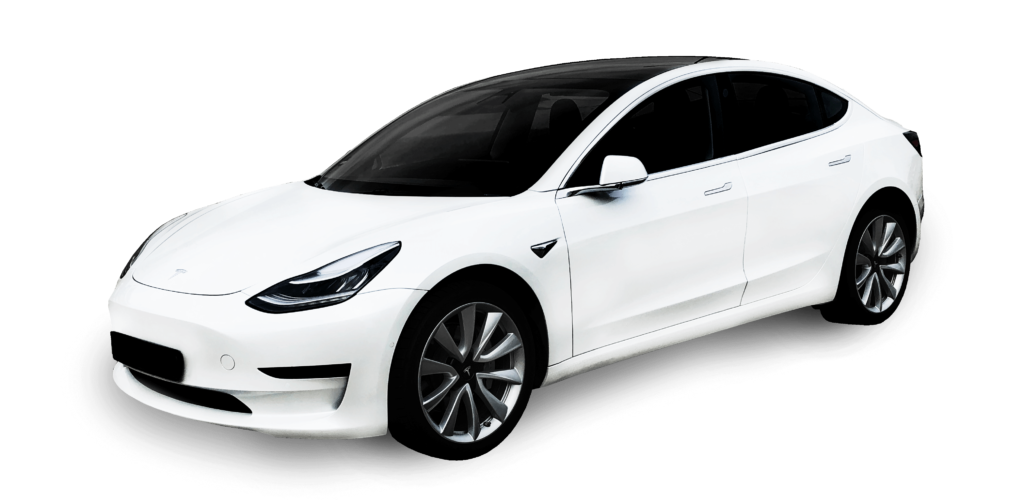The Story of Tesla: Revolutionizing Transportation and Energy
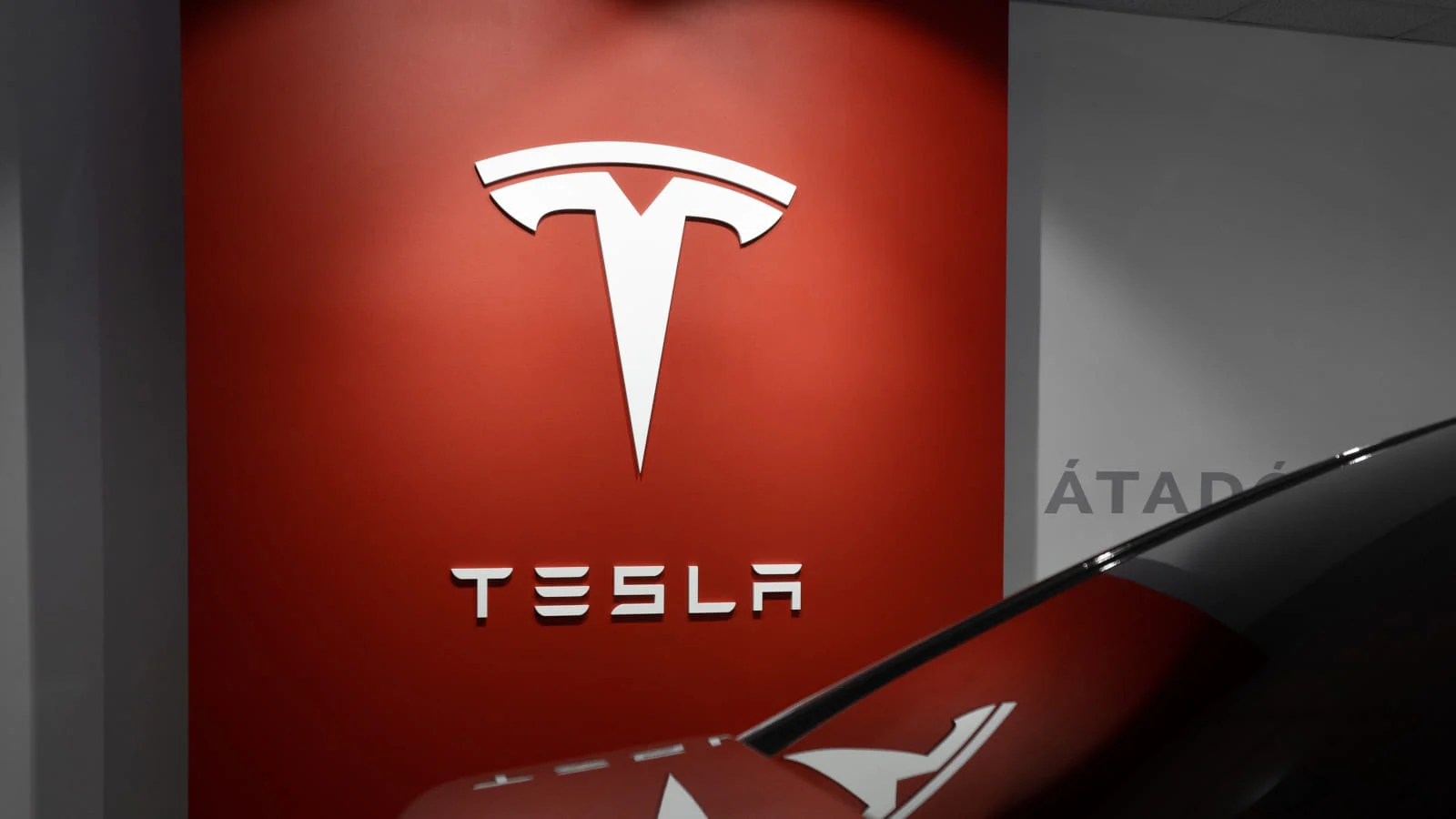
The story of Tesla is more than mere company lore or a recitation from the annals but also an exemplification of inspiration, grim efforts and a futuristic vista to sustainability. Established in 2003, Tesla, Inc. is cutting a clean trajectory across the automotive and energy landscapes those days as an innovator in electric vehicle (EV) manufacturing units to become accessible on industrial levels. A detailed dive on the Tesla origin story and its history breaking into global car markets; what this means for not only other automotive OEMs but also broader implications in moving a country to more sustainable energy solutions.
The Birth of Tesla
Founded in July 2003 by engineers Martin Eberhard and Marc Tarpenning as Tesla Motors While the company set out to show that electric cars can be better, quicker and more fun to drive than gasoline cars. Tesla is named after Nikola Tesla, the inventor and electrical engineer who has invented the technology of alternating current (AC).
Early Days and Funding
When Tesla was just starting out, they had a lot of growing pains such as trying to raise money and their first car (the original Roadster). The pair raised their first round of financing with a $7.5 million investment from venture capital firm Kleiner Perkins to help them bring the Roadster, Tesla’s inaugural electric vehicle to market. Elon Musk led the $8.5 million Series A round of investment in 2004, and joined Tesla’s board as chairman later that year becoming its largest shareholder co founder Elon was a influential leader for tesla.
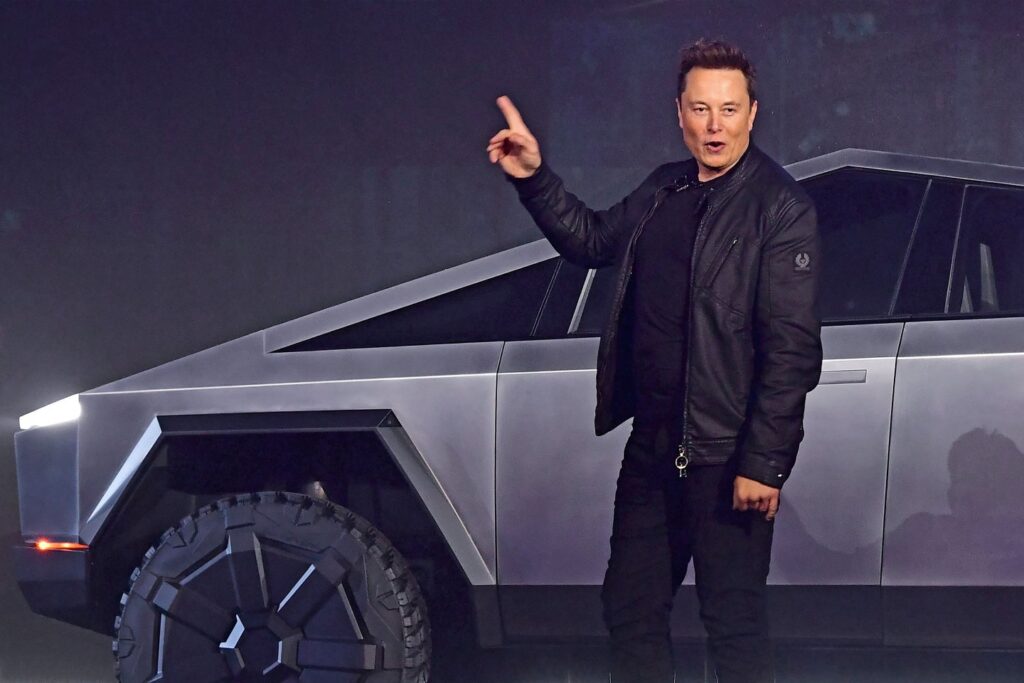
The Tesla Roadster was Developed
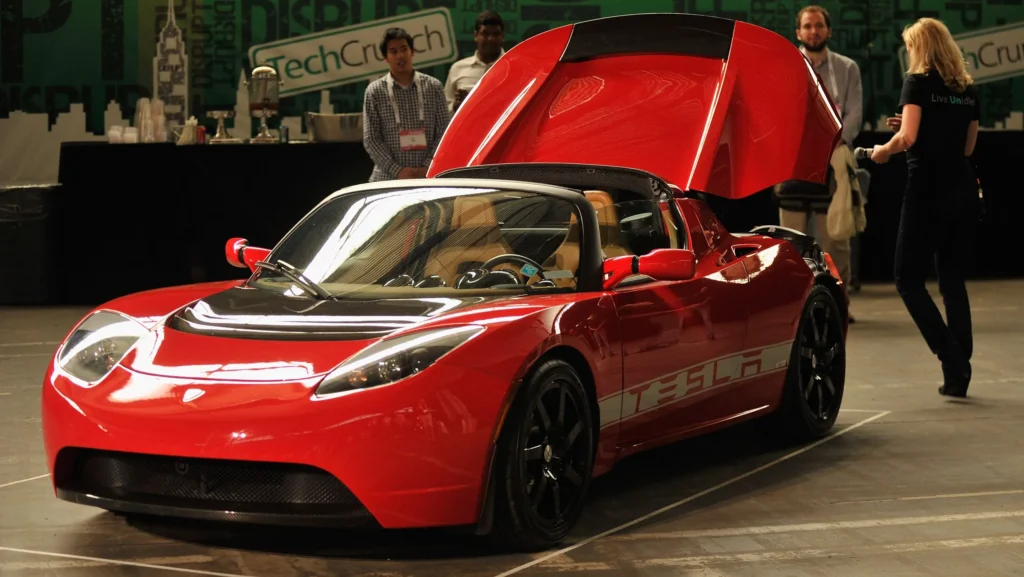
Tesla Roadster was Tesla Motors first ever production car that has sold since 2006 changing the electric vehicles world forever. Based on a heavily modified Lotus Elise chassis, the Roadster featured a lithium-ion battery pack that provided an estimated 245-mile range per charge—significantly more than most other electric vehicles at the time.
The fastest car ever made was the Roadster, with a 0-60 mph time coming in under four seconds. It also shattered the myth that electric cars are just slow and run only a fraction of the miles gasoline every day. By 2008, following numerous development setbacks the Roadster had made it to production, which signaled Tesla’s first foray into automotive territory.
Challenges and Innovations
Although Tesla achieved initial success, the company struggled for much of its early years. Real-world engineering challenges, financial struggles and a more cynical automotive industry stood as near-insurmountable walls. Experts widely doubted Tesla could scale its operations and take on the industry’s established automakers.
Financial Struggles
Tesla was nearly out of cash in 2008, an event exacerbated by the global financial crisis. Employees were laid off and more funding was secured in order to keep the company afloat. Elon Musk poured millions of his own money into the company, just to keep it afloat. Tesla persevered through these and other challenges during its founding years, but always held the same goal of creating something new that was also good for both humanity and the environment.
Model S: A Game-Changer
The Model S–the luxury all-electric sedan that launched Tesla on its current trajectory as a car manufacturer—began production in June 2012. The Model S drew praise for its styling, performance and technological prowess. It came with a 17-inch touchscreen display, which was unheard at the time; an almost-autonomous driving software called autopilot and over-the-air software updates.
This made Model S a flagship model of the electric vehicle revolution and something that showed EVs could not only match but exceed traditional internal combustion engine cars, in terms of performance, safety and luxury. The success of the Model S helped people take Tesla more seriously and appeal to a broader customer base.
Expanding the Lineup
After the long-range Model S was proven to be successful, Tesla released their zero-emissions luxury SUV in 2015 with unique falcon-wing doors actuated by electro-hydraulics. It also highlighted Tesla’s knack for pushing design and functionality boundaries despite offering good performance statistics, such as range.
Tesla added a mass-market electric sedan, the Model 3 in 2017. Principal problems during ramp-up of Model 3 production were identified as primarily centred on manufacturing bottlenecks and quality control issues. But the Model 3 soon became one of the best-selling electric cars globally due to an enormous response from customers.
Gigafactories and Production Scaling
To address the rapidly growing demand for electric vehicles and energy storage, Tesla began construction on a plant they called Gigafactory — big production facilities to be used in battery cell (and possibly vehicle) mass-production.
Gigafactory 1
Some GigaFactories The first of them, however (as in the case with Model S manufacturing facility before), was not Gigafactory 1, whichs construction started backin Nevada since July,2014 and began operating from January ans is now expanding at a fast pace. The company’s huge Nevada production plant was designed to help lower battery costs with economies of scale, which Tesla used to make both car and energy-storagew batteries. Instead, the Gigafactory set sights on a sustainable manufacturing process with renewable energy powering its operations.
Global Expansion
Following the success of Gigafactory 1, Tesla proceeded to globalize its production footprint. Tesla also opened Gigafactory 2 in Buffalo, New York as the solar facility to make products that year include Solar Panels and their own branded Solar Roof Tiles. Tesla China was the first to launch a non-U.S. plant, Gigafactory Shanghai in 2020 and is able better supply EVs for the developing Chinese market.
Tesla also explained that it announced Gigafactory Berlin and Gigafactory Texas as part of a long-term plan to expand production capacity while shortening delivery times. The idea was to enable Tesla more easily negotiate international markets and supply chains by setting up these local production facilities.
Sustainability and Energy Solutions
This is because Tesla has a mission more expansive than solely creating electric vehicles: they want to accelerate the advent of sustainable energy. The company makes and sells solar panels, the Solar Roof — tiled roof surfaces that generate electricity as well as protect homes from weather elements — in addition to energy storage products (the Powerwall for homes/residential use and Powerpack units at utility-scale).
Solar Products
Tesla bought SolarCity, a solar energy services company in 2016 to help bolster its range of energy offerings. As a result, it was able to acquire SolarCity and marry solar energy generation with its battery storage solutions in an overall approach toward sustainable energy.
Tesla Solar Roof A product that combines the generation of solar energy with roofing materials, was first introduced in 2017 as a way for homeowners to generate clean energy without compromising their home’s appearance. The new product was intended to help put solar energy within reach of even more consumers.
Energy Storage
Tesla’s energy storage products (Powerwall, Powerpack, and Megapack) enable homeowners to store excess solar power for use at night or in emergency situations. These products help users change how they power their lives by eliminating or reducing reliance on the grid, potentially lowering home electric costs and contributing to a more resilient energy system.
To reflect this commitment to sustainability, Tesla is working toward a circular economy in which it not only has responsible recycling of the batteries themselves but also produces as little waste as possible at all stages of manufacturing.
Autonomy & The Future of Transportation
One Cagayan pilot site would be in Buguey town for island hopping tourists, along with Gonzaga and Santa Ana as well. Tesla is a leading maker of autonomous automobiles. The company has spent a significant amount of time and resources on the development of artificial intelligence to improve its Autopilot platform for semi-autonomous driving trips.
Autopilot / Full Self-Driving.
Elon Musk has long argued that by calling its assistance systems as Autopilot, this suggests to all motorists—not just those predisposed with Tesla’s particular vision—that they can hand over the driving job entirely and take a nap. Tesla also introduced in its version of Full Self-Driving (FSD) a couple of years ago which it says is the ticket to real self-driving. Made possible via a myriad of sensors, cameras and neural networks upping the level on road navigation and in-road decision-making.
While the prospect of automated driving has put it in an increasingly troubled position: It is far more difficult to inspect and validate whether Tesla can trust its self-driving technology or how they will save everyone from danger, the promise remains under scrutiny. As the company works on making its software smarter and collects more data from operating cars, it expects those autonomous systems to perform even better and be safer too.
Issues and cultural context
The ascent of Tesla has been so monumental that it is nearly impossible to envision an automotive world without them, seeing as they have not only transformed electric cars but are also changing what sustainability looks like. Appropriation of this idea has led to the company becoming a symbol for disruption and innovation — ideas that have drawn aggressive zealots with enough support surrounding them.
Criticism and Controversies
Of course, Tesla’s road hasn’t come without its own hurdles. The company has come under fire for labor practices, workplace safety and how it treats its employees. Musk’s public style has also brought criticism and legal action to his door; mooted tweets have led him into potential conflict with US financial regulators.
Tesla’s rapid growth and lofty ambitions have also raised alarms among some industry experts, who doubt the company could ever achieve its production goals.
The Road Ahead
In 2024 Tesla is still innovating with its electric vehicles, energy offerings and in the area of self-driving. Tesla still has a mission to accelerate the world’s transition to sustainable energy.
New And Future Models & Innovations
Upcoming also includes the all-electric pickup truck, Cybertruck and a heavy-duty truck designed specifically for freight transport applications called as Tesla Semi. The new models will be aimed at adding variety to the Tesla range and catering for a wider range of customers.
The company is also targeting battery tech with its investment in research and development of 4680 battery cells which are expected to boost energy density, lower pricing, and ultimately provide better performance.
The tale of Tesla speaks to one thing: the things we can be capable through invention and technology, even if it completely reimagining industries or confronting planetary headwinds. How Tesla went from an upstart electric automaker to the doomsday scenario for Big Oil and a leader in sustainable energy.
The globe is gradually making its way to a time where sustainable solutions are no longer an option but rather a necessity, and Tesla has been there from the start leading us by example of what next innovation in clean energy & transportation should look like. In that way, Tesla remains at the forefront of a sustainable future utilizing cutting-edge technologies along with an ambitious dream to clean up our world.
Check other Blogs/ Articles.



